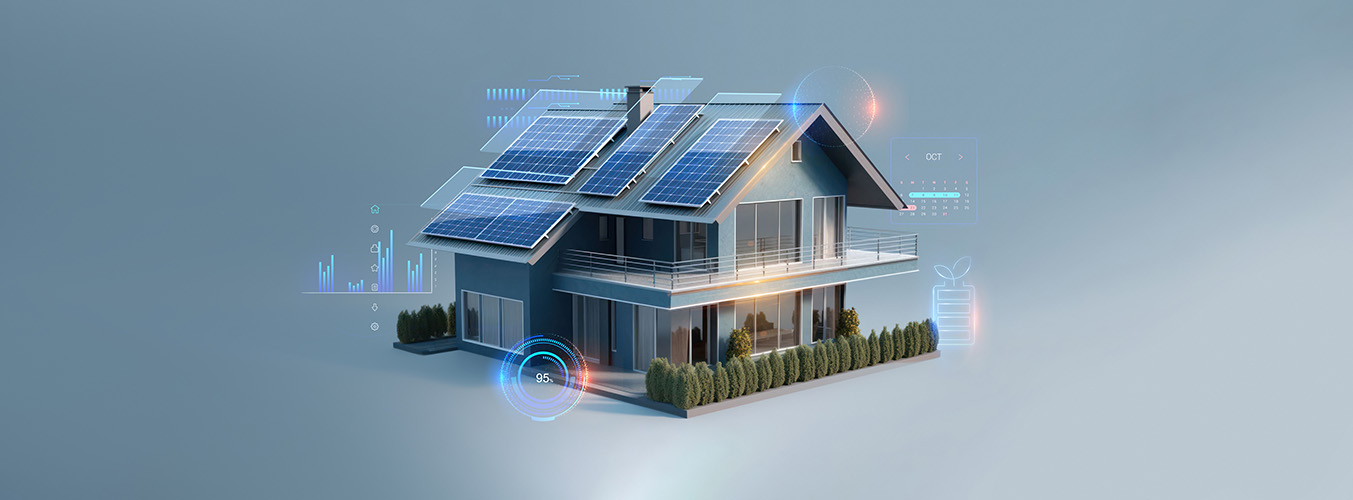Making the switch to Electric

Thought about making the switch to electric? Lets talk about Gas first off. It’s a fossil fuel that we’ve have used successfully in our homes for almost a century. Gas stoves, albeit invented back in 1826, were made popular during the 1920’s and have been in common use thereafter.
However, there is a side of using gas that we don’t talk about enough. The risk to our health and that of our loved ones.
Gas also comes at a cost. With gas costs rising by over 234% in the last decade compared to 127% for electric, making the switch to electric has never been more important.
The scary stats we don’t talk about enough.
Australian stats say that up to 12% childhood asthma is contributed to gas cooking in the home in under 14’s. This is comparable to a cigarette smoker. Scary huh?
Not only that, but the statistics amongst lower income household are frightening too. Generally, lower income families are less likely to have newer, efficient appliances. They may live in smaller homes with less than adequate ventilation or more occupants. Because of this, their exposure to the risks attached to gas appliances in the home is increased.
Gas cookers give off fine particle emissions (PM2.5), causing indoor air pollution, which can end up in our lungs and bloodstream. Also, levels of nitrogen dioxide (NO2) is significantly higher compared to those with electric stoves. These factors all contribute increased risk to those with respiratory conditions or children.
Saving Billions
The savings attributed to switching from Gas to Electric are considerable. Electrifying Australia’s entire residential sector could save around $450 per household annually based on the 2021 census. Overall, this equates to potential savings of around $4.9 Billion. If we add Hot Water heat pumps into the mix, this will add an additional $2.1 Billion, with cooking and heating adding savings of a combined $342 Billion.
Many don’t realise that the cost of gas is made up of network connection fees plus usage. The network connection fee alone costs Australian citizens $1.3 billion per year. That’s a hefty fee before any actual gas is actually used.
Electric is the way to go.
Let’s talk about the main ways we can switch to electric in the home.
Savings – Cooking
Almost 5 million Australians are currently using gas as their primary cooking method. However, Electric appliances are cheaper to run and safer. For something as commonplace as an induction hob, speed counts. Top Induction hobs are capable of boiling a litre of water in 2.37 minutes, compared to 4 or more minutes when compared to a gas equivalent. Every second saved is less cost to you and the environment.
Savings – Heating
Gas Heating is attributed to almost 57% of gas consumption. And for those in cooler climates, almost three times as much gas is used. Let’s look at a simple alternative. A split AC system will raise the home temperature in a modern home by 1 degree. This uses approx. 10kWh of energy to do so. The equivalent energy output from gas heating is likely to raise the temperature by only 0.3 degrees, using almost 3 times as much energy to match the temperature change.
Savings – Hot Water
Collectively, savings of $2.1 Billion could be made by switching to Hot Water pumps across Australia. They are cheaper to run than gas hot water systems and more importantly will cost almost a third less to run, based on an average 4 person household. With over 5 million gas water heating systems in Australia, there is the potential for huge savings.
The cost of switching
There are obvious cost factors to consider when switching to electric. However, these would soon be negated by the associated savings. Also, given the trajectory of gas price rises over coming years, the savings made by switching will become ever more important.
Electric appliances are much more efficient than their gas counterparts. However, they don’t produce by products such as waste exhaust gas making our gas appliances less efficient, or harmful air pollution.
Help Available
In most countries there are form of assistance available with grants, tax relief or incentives to switch to efficient appliances such as Hot Water Pumps and Split AC or Battery Storage.
Switching has never been more important on a global platform Moreover, with targets for all countries to be carbon neutral over the coming years, the need to move away from fossil fuels is important. For our homes, our health and our wallet.
For more information on electrifying your home and making the switch to electric, visit www.soltaro.com
Credits – Statistics used are credited to Switching On: Benefits of Household Electrification in Australia (2023), Monash Climate Change Communication Research Hub, Monash University, Australia.
Links
ACT https://www.climatechoices.act.gov.au/policy-programs/energy-efficiency-improvement-scheme
NSW https://www.energy.nsw.gov.au/households/rebates-grants-and-schemes/household-energy-saving-upgrades
QNLD https://www.qld.gov.au/housing/home-modifications-energy-savings/battery-booster-program
SA https://www.wa.gov.au/system/files/2021-11/HEES-FAQs-Nov2021-NGOs.pdf
WA https://www.energy.gov.au/rebates/energy-ahead
NT https://nt.gov.au/industry/business-grants-funding/home-and-business-battery-scheme
Get in touch
If you'd like to find out more about the AIO2 or any of our other products please complete your contact details using the steps below and we'd be happy to answer questions you have.
Aftercare & Support
Don't forget to register your new Soltaro purchase to validate and extend your warranty.
Register ProductsClich here to raise a support ticket and in most cases we can fix the problem without the need to visit your home.
Report a Technical IssueAll of our documentation including terms & conditions, warranty and techncal mannuals can be found here.
Documentation
